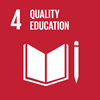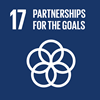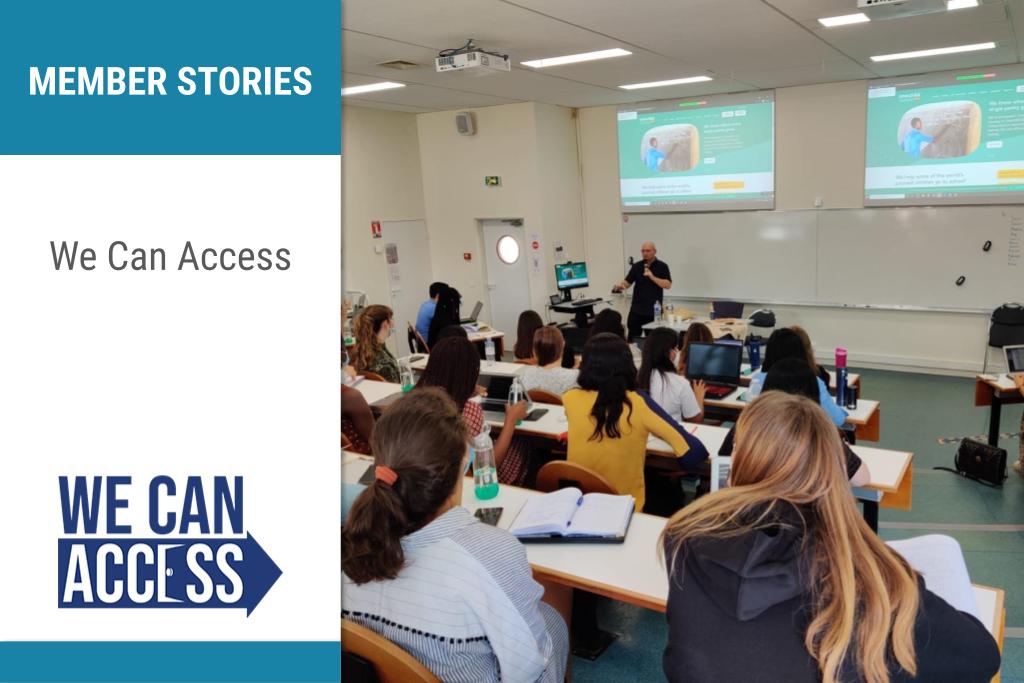


WeCanAccess is focused on finding ways that people with disabilities, their families and carers can find support, share ideas and discover ways to access the world around them. WeCanAccess is working towards SDGs 4, 10, 17
Q. Social entrepreneurs are known for finding solutions for society’s problems. What is the problem that you are addressing, and what is your solution?
A. Around 20 percent of the world’s population has a recognised disability, with disabled people facing higher levels of poverty and barriers to participation in society. Access to education is particularly poor; 1 in 3 people with a disability do not attend school, compared to 1 in 7 for children without disabilities. In some countries, more than 10 percent of disabled people are refused entry into school just because of their (sometimes perceived) disability. Teaching practices can also reinforce cultural attitudes to disability, forcing pupils to keep their disabilities hidden and preventing them from achieving their potential.
By failing to achieve even basic literacy, stereotypes and attitudes around the abilities of those with additional needs are perpetuated, along with their poor prospects for participating in and contributing to community life.
Supporting additional educational needs is often seen as a problem which requires specialist professionals, a special environment and additional cost. The current approach is a call for exclusion and demands extra resources in the world where the preservation of resources is needed
more than ever.
We provide practical, straight forward toolkits, backed up by a supportive online platform, that provide teachers and parents with the tools they need to develop positive working relationships, and learning environments that can support not only those children with additional needs but also the wider class. The toolkits are universal in nature and can be applied whether you are an educator in a UK school or in Pakistan working to provide street children an enabling educational environment. These toolkits show how improved accessibility can benefit all pupils and teachers alike, and how it does not require expensive and extensive resources.
The supporting platform, www.wecanaccess.com, uses software that translates text into 100 languages and reads it out loud in 40 of those.This enables as many people as possible to join the conversation and ensures that teachers and parents are not making changes alone. The site provides additional materials and a discussion area where teachers, parents, carers and educational professionals can interact and find support from peers, discuss issues and find solutions.
We are also running a number of projects.
1. https://wecanaccess.com/wecanaccess-youth/ – We have created a resource pack for schools and clubs where we are are inviting schools and club to take part in our WeCanAccess Youth activity in which they can come up with solutions to make their classrooms and playgrounds more inclusive and accessible for everyone!
2. https://www.learning-planet.org/en/festival – We are partners in the festival and created an event on the 24th Jan at 10am –also on Zoom where pupils will learn how to create accessible spaces. This is being done in conjunction with https://www.arup.com/ an international designers, planners, engineers and architects’ consultant firm. This will be the second time we are running this interactive event.
Q. Can you explain more about what accessibility means?
A. Accessibility is being able access to the opportunities, places, goods and services in the world around you. It can mean many different things depending on your circumstances and your experience. It may mean being able to attend school and understand the lessons, it may involve being able to actually enter the classroom in the first place.
It is clear that by designing our world to make it accessible for one person, we make it accessible for many more. For example, a ramp will assist someone in a wheelchair but it is also useful for a kid with a broken leg, a senior with arthritic knees, a parent pushing a pram and a janitor with a cart full of supplies. Clear signage will support someone with visual or hearing impairments but also help someone in hurry, or someone managing a group of kids, who don’t have the time to ask for directions.
Q. You have said that you want people to think holistically about disability and accessibility. How does this play out in practical terms?
A. When we say that we want people to think holistically, we are talking about the physical, yes, but also the environmental and the social side of things.
Someone’s physical disability may mean they have trouble reaching an object on a shelf but if that shelf is 2m tall, then anyone under 1.5m tall, will be equally disadvantaged. By placing that object within a person’s reach, you are immediately enabling them. We also need to consider if a person feels able to ask for help with reaching the item, and that is where the social side of things comes in. Are there people around to ask, what will their response be, does the person in need have the confidence and ability to be understood? So, in this, very simplistic, example we need to consider – where best to place an item so the person who needs it can reach it, and what can we do to ensure that person can feel confident and able to ask for help if needed.
Q. You are setting up a number of collaborations through Catalyst 2030 and independently. Why are collaborations important to you?
A. Our aim is to see a change in attitudes, accessibility, and inclusion around the world. It is a huge task but we are excited that there are people who are already doing amazing things on the ground and we are able to work with them to support what they do and see real change happen. We are keen to create a community of global changemakers who can build up a collective knowledge to facilitate that change.
Q. Can you tell us about some of the collaborations that you are most excited about?
A. We are excited about all of our collaborations as we are meeting so many inspirational people!
We are already seeing results from our partnership with C2030 member the Initiative for National Growth in Nigeria. A pilot study has been well received, with one participant reporting, “It was a very timely, personal intervention for me as an individual. I decided to take the courses for Nigeria, not because I am a Special Needs Educator, but because I believe these are very essential skills and information that every person should have, as a parent, community member or young person.”
We have also been working with other C2030 members such as Faith Dalwa Foundation in Ghana looking at the same thing. In India, we are building a partnership with Diksha, who work with disadvantaged youth on the streets. They have already a reported a change in their own working practices to become more inclusive. We feel privileged to be having such an impact.
Q. You became aware of accessibility challenges after the illness of your daughter. What kind of systems change do we need so that accessibility awareness will be second nature for all of us?
A. It needs to be embedded in all sectors from education, health, leisure to business, and local government. All need to be aware of the challenges that individuals and families face. At present, these different sectors see the problems in isolation, when in fact, for the individual, each one of the barriers within these sectors have a compounding impact. This leads to additional financial, social, emotional, financial and health challenges.
Organisations potentially see families either as a revenue sources – such as lawyers offering services to families fighting battles for help and support, or commercial organisations (private schools and retailers) where the prices are increased for accessible goods and services – or as a burden/problem, which they hope will go away if they ignore it. This leads to frustration, loss of income (due to time spent on these issues), higher costs and even costly legal battles.
A complete social shift in the attitudes towards people facing access issues would not only benefit those people recognised as disabled but also would benefit others, such as those with hidden disabilities and health conditions or who do not consider themselves disabled or who have a temporary disability, such as a sprained wrist or broken ankle. Schools would be a good place to start as here we can demonstrate good inclusion and instil our young people with understanding and a holistic way of thinking.

